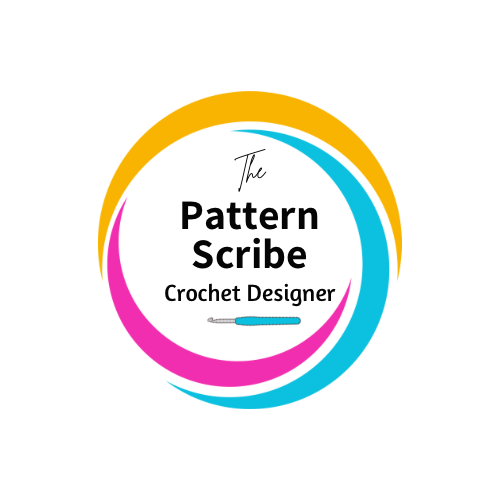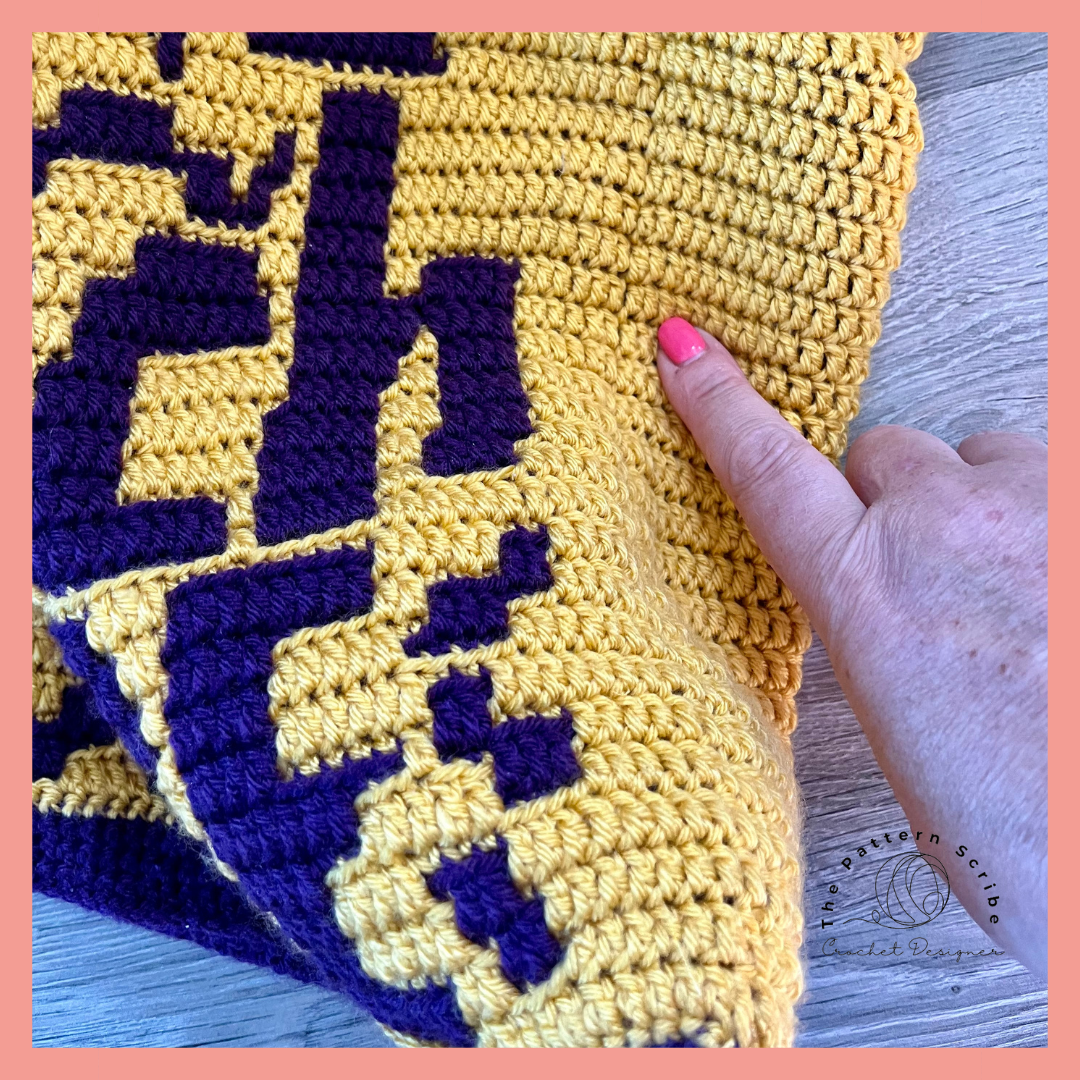Understanding Yarn for Your Knitting and Crochet Projects
As a knitting and crochet enthusiast, (mostly crochet) I’ve often found that the choice of yarn can make or break a project. There are several key concepts to grasp when it comes to yarn, and understanding these can transform your crafting experience. Let’s look at the essentials: yarn weight, fibre content, yardage, tension/gauge, and texture.
Key Concepts
Yarn Weight: This refers to the thickness of the yarn. Common weights include lace, fingering, sport, DK (double knitting), worsted, aran, and bulky. The weight of the yarn affects the overall look and feel of your project, as well as how quickly it works up. For instance, a lace-weight yarn will create a delicate, airy fabric, while a bulky yarn will produce a thicker, warmer piece.
Fibre Content: Yarn can be made from various fibres, each bringing its unique properties. Wool is warm and stretchy, making it perfect for winter garments. Cotton is cool and breathable, ideal for summer projects. Synthetic fibres like acrylic are affordable and easy to care for, while luxury fibres like silk and cashmere add a touch of elegance but often require special care, such as hand wash or spot clean.
Yardage: This is the length of yarn in a skein or ball, usually measured in metres or yards. Knowing the meterage is crucial for ensuring you have enough yarn to complete your project. Patterns will typically specify the required meterage or yardage, so you can buy the right amount.
Tension/Gauge: This refers to the number of stitches and rows per centimetre or inch. Achieving the correct gauge ensures your project will be the right size. Different yarns and hook or needle sizes can significantly affect your tension, so always check your gauge before starting a project.
Texture: The texture of the yarn can affect the final look and feel of your project. Smooth yarns create even stitches and are great for showing off intricate patterns. Textured yarns, like boucle or eyelash, add interest and can hide the simpler stitches.
Inspiration: Experimenting with Different Yarns
One of the joys of knitting and crochet is experimenting with different yarns. Don’t be afraid to try something new. Substituting yarns can lead to a more personalised and unique project. Start by considering the original yarn’s properties and look for something similar or intentionally different to achieve your desired effect.
For example, substituting a wool yarn with a cotton one can make a garment more suitable for warmer weather. Using a variegated yarn instead of a solid colour can add depth and interest to a simple pattern.
Making Informed Buying Decisions
Choosing the right yarn is essential for a successful project. It’s worth spending time understanding yarn properties to make more informed buying decisions. Consider the project’s requirements, the yarn’s properties, and your personal preferences.
Tools and Resources for Yarn Substitution
There are numerous resources to help with yarn substitution:
- Yarn Weight Charts: These can help you understand the standard categories of yarn weight and their recommended hook or needle sizes.
- Online Yarn Substitution Tools: Websites like The Yarn Council provide detailed information on yarns and suitable substitutions.
- Books and Guides: Many excellent books and guides delve into yarn properties and substitutions, offering valuable insights and tips.
Impact of Yarn Substitution on Project Outcome
Substituting yarn can significantly impact your project’s drape, texture, durability, washability, size, and fit. For example, a wool jumper substituted with cotton might become less elastic and drape differently. Similarly, changing from a smooth yarn to a textured one can alter the stitch definition and overall appearance.
Advanced Yarn Substitution Techniques
For those looking to experiment further, consider advanced techniques like combining multiple yarns for a unique effect or using yarn held double or triple to achieve the desired thickness. These techniques can add a new dimension to your projects and allow for more creative freedom.
Finally
Understanding yarn and its properties is crucial for any knitting or crochet project. By learning about yarn weight, fibre content, yardage, tension/gauge, and texture, you can make more informed choices, leading to more successful and personalised projects. Don’t hesitate to experiment with different yarns, and use the available tools and resources to guide your substitutions. Happy crafting!
For information on small, medium and large mosaic overlay patterns click here.



Comments ()